William J. Seymour, an African American minister, was born on this date in 1870.
He was raised in Centerville, LA, in the Baptist Church. As a child, he had dreams and visions. At the age of 25, he contracted smallpox and lost his sight in his left eye.
In 1903, Seymour moved to Houston, looking for relatives who had been lost during slavery. It was there that he accepted an interim post as a pastor of a small Holiness Church led by Pastor Lucy F. Farrow, a Black woman who had gone to Kansas.
Farrow was an adviser to Seymour. She described her Pentecostal experience and encouraged Seymour to attend Charles Parham’s school in Houston. Segregation laws in Texas prevented Seymour from sitting in the classroom with whites. Seymour stood in the hallway, listening through the doorway.
Seymour moved to Southern California and developed a belief in glossolalia (“speaking in tongues”) as a confirmation of the gifts of the Holy Spirit. His teaching was offensive and heretical to the Los Angeles parish where he ministered, and he was removed. Then he found a run-down building on Azusa Street in downtown Los Angeles, where he preached his doctrinal beliefs. The result was the Azusa Street Revival.
Seymour not only rejected the existing racial barriers in favor of “unity in Christ,” he also rejected the then almost-universal barriers to women in any form of church leadership. This revival meeting lasted from 1906 until 1909, and became the subject of intense investigation by more mainstream Protestants. Some of the investigators left feeling that Seymour’s views were heresy, while others accepted his teachings. The resulting movement became widely known as “Pentecostalism,” similar to the manifestations of the Holy Spirit recorded in Acts as occurring in the ten days prior to the Feast of Pentecost. Most of the current Pentecostal groups can claim some linkage to the Azusa Street Revival and William Seymour.
While the movement was to fracture along racial lines within a decade, the divisions were perhaps less deep than the vast divide that separates many white religious denominations from their Black counterparts. Probably the deepest split in the Pentecostal movement today is not racial, but rather between Trinitarian and “Jesus Only” theologies. While there had been similar manifestations in the past, the current worldwide Pentecostal and charismatic movements are generally agreed to have been outgrowths of Seymour’s ministry and the Azusa Street Revival.
A play commemorating Seymour and the revival, “Miracle on Azusa Street,” is sometimes produced by Pentecostal churches, both to teach their own members about their religious origins and as an outreach to those outside. William Seymour died in 1922.
Source: http://www.aaregistry.org/historic_events/view/founding-minister-pentecostalism-william-j-seymour






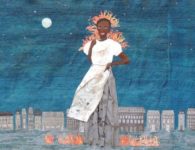
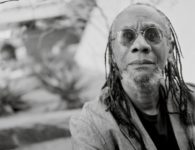
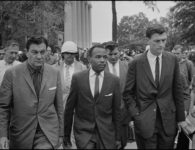
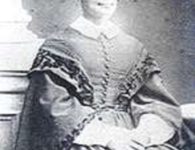
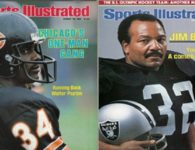
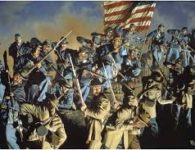
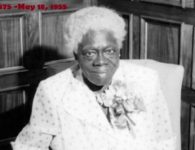
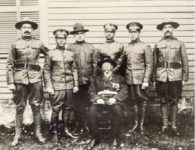
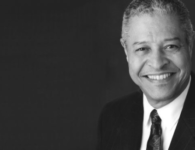

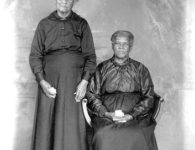
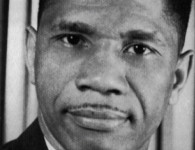

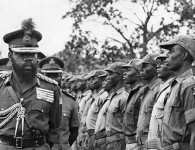

No comments